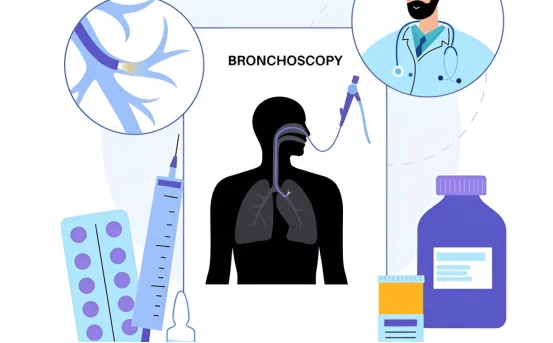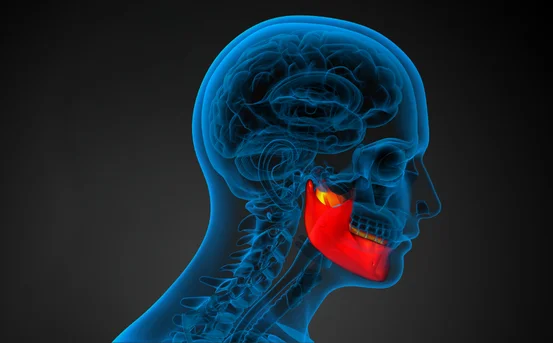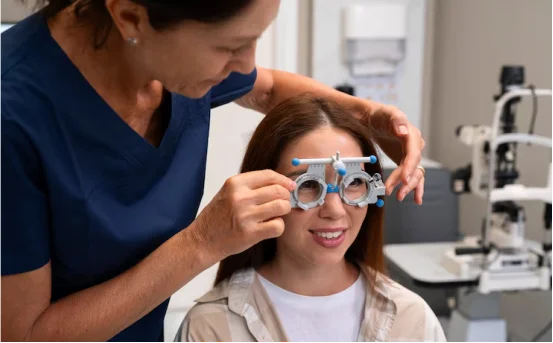Bronchoscopy is an advanced procedure that lets doctors take a close look inside a person’s lungs and airways. They guide a slender, flexible tube called a bronchoscope—fitted with its own tiny camera and light—through the trachea to see the bronchi directly, take biopsies, suction away mucus, and in some cases, deliver targeted treatments.
Because it combines diagnosis and therapy, bronchoscopy plays a central role in modern pulmonology. Clinicians choose it when they need more than a picture; the bronchoscope can remove foreign objects, drain abscesses, and destroy small growths as part of what is sometimes labeled bronchoscopy surgery. Understanding the treatment for bronchoscopy surgery is essential for patients and healthcare providers alike.
Why Is Bronchoscopy Surgery Performed?
- To Diagnose Lung Diseases:- Doctors usually suggest bronchoscopic surgery when patients report stubborn respiratory complaints that standard tests can’t fully explain. The procedure becomes a vital detective tool. It can reveal elusive infections, take samples for tuberculosis testing, clarify the pattern of interstitial lung disease, and confirm or rule out malignancy with targeted lung biopsies.
- Keeping an Eye on Lung Problems:- Physicians often turn to bronchoscopy when they need to keep a close watch on lung issues. They might use the procedure to track how a tumor is changing over time, see whether a particular therapy is doing its job, or look for signs that airways have tightened due to long-standing diseases like COPD or asthma.
- Carrying Out Emergency Fixes:- Beyond diagnosis, bronchoscopy serves as a powerful tool for treatment. With it, doctors can quickly remove foreign objects that have been inhaled, stop bleeding in delicate lung tissue, insert stents to keep narrowed air passages open, and drain abscesses or pools of fluid that threaten to compromise breathing. These interventions are often lifesavers in urgent respiratory situations.
Types of Bronchoscopy
Bronchoscopy is a key tool for doctors working in lung medicine, and there are two primary variations they rely on when diagnosing or treating respiratory problems.
- Flexible Bronchoscopy:- Flexible bronchoscopy is the version you are most likely to hear about. A slender, bendable tube is threaded through either the nose or mouth and down into the airways. Because the procedure can be done using only mild sedation or a local numbing spray, patients usually remain awake enough to follow simple instructions.
- Rigid Bronchoscopy:- In more challenging situations, doctors turn to rigid bronchoscopy. Here, a wider, more solid tube is used and the entire operation usually takes place under general anesthesia in an operating room.
The inherent stability of the rigid tube offers key advantages for:
- Grabbing and removing large objects, such as swallowed coins
- Stopping heavy bleeding from major airway vessels
- Treating sizable tumors that obstruct airflow
- Implanting stents to prop open the larger bronchi
How Is Bronchoscopy Surgery Performed?
Understanding the Treatment for Bronchoscopy Surgery
- Pre-Procedure Preparation :- Patients preparing for bronchoscopy are generally asked to complete a short checklist the day before. Common items include:
- Hunger: Avoid food or drink for six to twelve hours
- Medications: Stop certain drugs—like blood thinners—if instructed
- Tests: Get routine blood tests and, occasionally, a chest X-ray or CT scan
Once these steps are done, the doctor will go over the process, answer questions, and secure informed consent.
During the Procedure
The sedation process depends on which type of bronchoscopy is planned. Flexible versions typically start with only a small throat spray, while rigid approaches use full general anesthesia.
When everything is ready, the bronchoscope is carefully inserted through the mouth or nose, progressing smoothly into the trachea and branching bronchi.
What to Expect During the Procedure
When you arrive for bronchoscopy, the specialist first examines your airways using a thin flexible tube called a bronchoscope. Throughout the look-around, the team might also take small tissue samples, place a stent to keep an airway open, or remove a growth if needed. Because these tasks are often done through the same scope, only small cuts are ever made. Your nurse or doctor will keep an eye on your heart rate, blood pressure, and oxygen levels the entire time. In most cases the whole process, from start to finish, lasts somewhere between thirty minutes and an hour.
Aftercare
Once the scope is out and the sedation wears off, you might notice a scratchy throat or a dry cough. That should fade within a few hours. Doctors usually ask you to wait before eating or drinking anything, just to make sure your swallowing reflex is back in action. You’ll stay in the recovery room for another one to two hours so the team can catch any early signs of trouble. Fortunately, most people head home the same day, although biopsy or culture results take a little longer—usually a few days.
Potential Risks
Like any medical procedure, bronchoscopy isn’t completely free of risk. Bleeding can occur, especially if tissue was taken. There’s a small chance of infection, a dip in oxygen levels, or even a pneumothorax, which is a collapsed lung. Such problems are extremely rare, and they happen most often in patients who already have serious underlying conditions or who need a sturdier rigid bronchoscope.
Why It Matters
Despite those risks, bronchoscopy remains a cornerstone of lung care. It gives doctors a picture of what’s really happening inside the airways, letting them diagnose cancers, infections, and rare diseases with confidence. Because it’s minimally invasive, recovery tends to be quick and patients can usually go home the same day. When combined with modern techniques such as navigational or robotic guidance, the procedure offers even greater accuracy while still fitting comfortably into an outpatient setting.
Who Might Need a Bronchoscopy?
You might find yourself scheduled for bronchoscopy if tests like X-rays or CT scans show something unusual in your lungs. The same goes if you’re having trouble breathing and doctors can’t quickly pinpoint the cause. Another common reason is the need for a biopsy, whether it’s a small spot on the lung or an enlarged lymph node that needs closer inspection. Sometimes the procedure is done simply to clear a blocked airway or remove an accidental inhaled object. Lastly, those being tested for lung cancer frequently undergo bronchoscopy as part of the work-up. Because every case is unique, it’s always wise to talk things over with a pulmonologist or thoracic surgeon before proceeding.
Conclusion
Bronchoscopy is more than just a tube-and-camera routine; it’s one of the workhorse procedures in lung medicine today. With a single visit, a skilled team can look inside the airways, grab tissue samples, and even treat problems like stubborn blockages. Whether a patient presents with a chronic cough or a life-threatening obstruction, bronchoscopy often turns out to be the key that unlocks the diagnosis and solution.
So if your primary care doctor suggests it, or if you’ve been struggling with persistent respiratory issues, there’s no real reason to sit on the idea. Getting an answer sooner rather than later can influence not just treatment options, but also the ultimate outcome.























